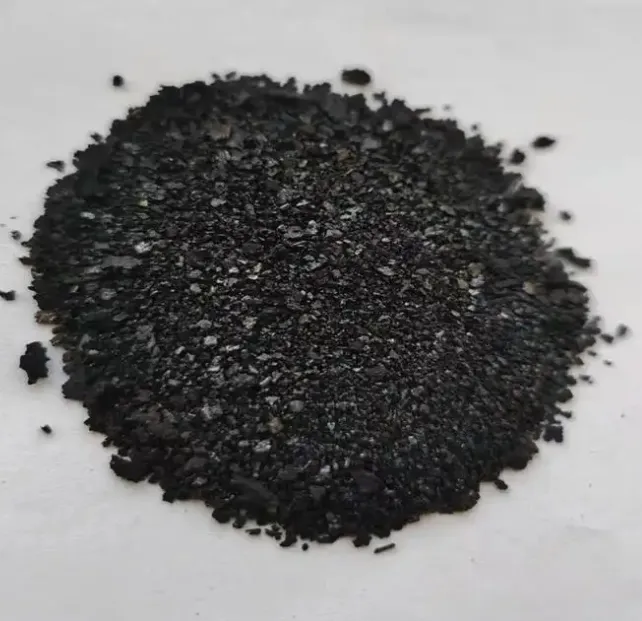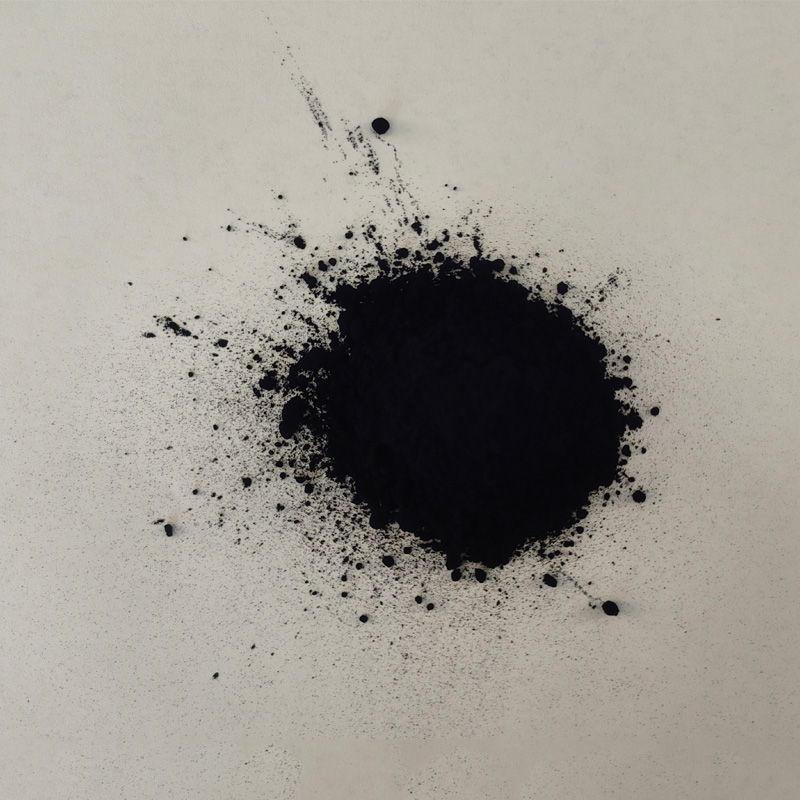
- africano
- albanés
- amárico
- árabe
- armenio
- azerbaiyano
- vasco
- bielorruso
- bengalí
- bosníaco
- búlgaro
- catalán
- Cebuano
- corso
- croata
- checo
- danés
- holandés
- inglés
- Esperanto
- Estonio
- finés
- francés
- frisona
- galego
- xeorxiano
- alemán
- grego
- Gujarati
- crioulo haitiano
- hausa
- hawaiano
- hebreo
- non
- Miao
- húngaro
- islandés
- igbo
- indonesio
- irlandesa
- italiano
- xaponés
- xavanés
- Kannada
- casco
- Khmer
- Ruandés
- coreano
- kurdo
- quirguises
- TB
- latín
- letón
- lituano
- luxemburgués
- macedonio
- Malgashi
- malaio
- malayalam
- maltés
- maorí
- Marathi
- mongol
- Myanmar
- nepalí
- noruegués
- noruegués
- occitano
- Pashto
- persa
- polaco
- portugués
- Punjabi
- romanés
- ruso
- samoano
- Gaélico escocés
- serbio
- inglés
- Shona
- Sindhi
- cingalés
- eslovaco
- esloveno
- somalí
- español
- sundanés
- suahili
- sueco
- Tagalo
- taxico
- Tamil
- tártaro
- Telugu
- tailandés
- turco
- turcomano
- ucraíno
- Urdú
- uigur
- uzbeco
- vietnamita
- galés
- Axuda
- yiddish
- ioruba
- Zulú
Sustainable Sulphur Black Dyeing: Eco-Friendly Methods For Textile Factories
As the textile industry continues to grow, the demand for sustainable and environmentally friendly dyeing methods has become increasingly important. Sulphur black, a widely used dye in the textile industry, offers unique challenges and opportunities for reducing chemical waste and adopting eco-conscious practices. This article explores the sustainable approaches to sulphur black dyeing, comparing traditional methods with modern, eco-friendly techniques and highlighting the benefits of using sulphur black powder in these processes.
Traditional Sulphur Black Dyeing Methods
Traditional sulphur black dyeing methods have been used in the textile industry for decades. These methods typically involve the use of large quantities of chemicals, including sulphur black powder, to achieve the desired deep black color. The process often requires high temperatures and long dyeing times, which can lead to significant energy consumption and chemical waste. The traditional method also generates a large amount of wastewater, which can contain harmful substances that pose risks to the environment and human health. Despite its effectiveness in producing a rich black color, the environmental impact of traditional sulphur black dyeing has led to a search for more sustainable alternatives.
Modern Eco-Conscious Sulphur Black Dyeing Techniques
In response to the environmental challenges posed by traditional sulphur black dyeing, modern eco-conscious techniques have been developed. These methods aim to reduce chemical waste and minimize the environmental impact of the dyeing process. One such technique is the use of sulphur black powder in combination with advanced dyeing technologies that require lower temperatures and shorter dyeing times. This not only reduces energy consumption but also decreases the amount of chemicals needed, resulting in less wastewater and lower environmental impact. Additionally, modern techniques often incorporate recycling and treatment systems to further reduce the amount of waste generated. By adopting these eco-friendly methods, textile factories can produce high-quality negro de xofre dyed products while significantly reducing their environmental footprint.
Advantages of Using Sulphur Black Powder in Eco-Friendly Dyeing
The use of sulphur black powder plays a crucial role in the transition to sustainable dyeing practices. Sulphur black powder is a versatile and effective dye that can be easily integrated into modern eco-conscious dyeing techniques. It offers several advantages over other dyes, including its ability to produce a deep and lasting black color with relatively low concentrations. This means that less sulphur black powder is needed to achieve the desired color, reducing the overall amount of chemicals used in the dyeing process. Additionally, sulphur black powder is compatible with various types of fabrics, making it a versatile choice for textile factories. By choosing sulphur black powder as their dye of choice, textile factories can benefit from its high performance while contributing to a more sustainable and eco-friendly production process.
FAQ :About Negro Xofre
How does modern eco-conscious sulphur black dyeing reduce chemical waste compared to traditional methods?
Modern eco-conscious sulphur black dyeing reduces chemical waste by using advanced dyeing technologies that require lower temperatures and shorter dyeing times. This means that less sulphur black powder is needed to achieve the desired color, resulting in less chemical waste. Additionally, modern techniques often incorporate recycling and treatment systems to further reduce the amount of waste generated.
What are the benefits of using sulphur black powder in sustainable dyeing practices?
The use of sulphur black powder in sustainable dyeing practices offers several benefits. It is a versatile and effective dye that can produce a deep and lasting black color with relatively low concentrations. This means that less sulphur black powder is needed, reducing the overall amount of chemicals used in the dyeing process. Additionally, sulphur black powder is compatible with various types of fabrics, making it a versatile choice for textile factories.
How can textile factories reduce their environmental impact when using sulphur black powder for dyeing?
Textile factories can reduce their environmental impact when using sulphur black powder for dyeing by adopting modern eco-conscious techniques. This includes investing in dyeing equipment that operates at lower temperatures and with shorter dyeing times, which reduces energy consumption and the amount of sulphur black powder needed. Additionally, implementing effective wastewater treatment systems ensures that any waste generated during the dyeing process is properly treated before being released into the environment.
What are some challenges associated with transitioning to sustainable sulphur black dyeing methods?
Transitioning to sustainable sulphur black dyeing methods can pose some challenges for textile factories. One of the main challenges is the initial investment required to purchase modern dyeing equipment and implement wastewater treatment systems. Additionally, factories may need to train their staff on new dyeing techniques and processes. However, the long-term benefits of reduced environmental impact and potential cost savings make these challenges worth addressing.
Where can textile factories source high-quality sulphur black powder for their eco-friendly dyeing processes?
Textile factories can source high-quality sulphur black powder from reputable suppliers who specialize in eco-friendly dyeing products. It is important to choose suppliers who prioritize sustainability and offer sulphur black powder that meets industry standards for quality and performance. By partnering with reliable suppliers, textile factories can ensure that they have access to the best sulphur black powder for their sustainable dyeing processes.
In conclusion, the transition to sustainable sulphur black dyeing is essential for the textile industry to reduce its environmental impact. By adopting modern eco-conscious techniques and using sulphur black powder in these processes, textile factories can produce high-quality dyed products while significantly reducing chemical waste. We encourage all textile factories to explore these sustainable options and to partner with reliable suppliers who offer high-quality sulphur black powder. Together, we can promote a more sustainable and eco-friendly textile industry. We invite wholesalers to promote our sustainable sulphur black dyeing products and encourage everyone to order from our company to contribute to a greener future.

-
Denim Indigo Dye Supports Sustainable Fashion
NovasAug.28,2025
-
Black Sulfur Elevates Material Durability
NovasAug.28,2025
-
The Alchemist's Indigo: A Forgotten Dye Of The Ancient World
NovasAug.28,2025
-
Sulfur Black Dyes: The Superior Choice For Industrial Applications
NovasAug.28,2025
-
Indigo Blue: History And Cultural Significance
NovasAug.28,2025
-
Global Sulphur Black Suppliers: Market Trends And Future Demand
NovasAug.28,2025
-
Agriculture And Natural Dye Sources: Fabric With Indigo Grains
NovasAug.28,2025

Negro Xofre
1.Name: sulphur black; Sulfur Black; Sulphur Black 1;
2.Structure formula:
3.Molecule formula: C6H4N2O5
4.CAS No.: 1326-82-5
5.HS code: 32041911
6.Product specification:Appearance:black phosphorus flakes; black liquid

Bromo Indigo; Vat Bromo-Indigo; C.I.Vat Blue 5
1.Name: Bromo indigo; Vat bromo-indigo; C.I.Vat blue 5;
2.Structure formula:
3.Molecule formula: C16H6Br4N2O2
4.CAS No.: 2475-31-2
5.HS code: 3204151000 6.Major usage and instruction: Be mainly used to dye cotton fabrics.

Indigo Blue Vat Blue
1.Name: indigo blue,vat blue 1,
2.Structure formula:
3.Molecule formula: C16H10N2O2
4.. CAS No.: 482-89-3
5.Molecule weight: 262.62
6.HS code: 3204151000
7.Major usage and instruction: Be mainly used to dye cotton fabrics.
